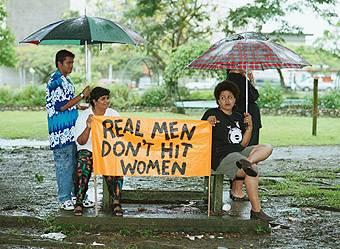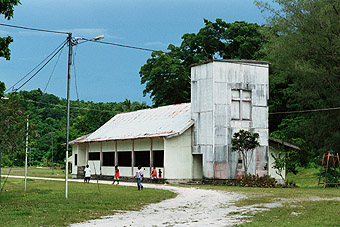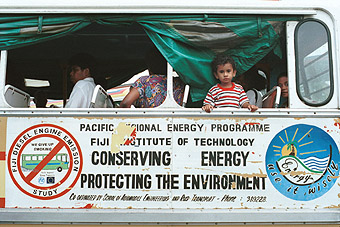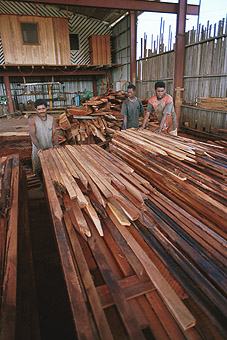
pacific desk
|
Known as "the liquid continent", the Pacific has a total area of 155.557 million square kilometres, including an estimated 157,000 km of coastline. This gigantic water-covered continent is larger than the total land mass of the world. The total population of the Pacific is 7 million, with 85% in Melanesia, 6% in Micronesia, and 9% in Polynesia. Papua New Guinea with 6 million inhabitants has the largest population; Tokelau with 1445 has the smallest; between them come: Solomon Islands, New Caledonia, Vanuatu, Fiji, Tonga, Samoa, Niue, Nauru, Tuvalu, Kiribati, Fed. States of Micronesia, Palau, Guam, Cook Islands, French Polynesia. 95% of the population of the Pacific are Christians from various denominations: Methodist, Reformed, Anglican, Congregational, Lutheran, Catholic, Protestant. The Pacific Conference of Churches was created in 1961; in 1976, the Pacific Catholic Bishops' Conference became a full member. The majority of the countries of the Pacific have a gross domestic product (GPD) per capita of not more than US$2,600. The cost of living is high because of the narrow production base and consequent dependence on imported goods. Many Pacific countries thus have high indices of human poverty. |
|
Main geopolitical issues
Main ecumenical issues

Protest against violence
against women, Suva, Fiji
| |
|
|
|
|
|
|
|
|





